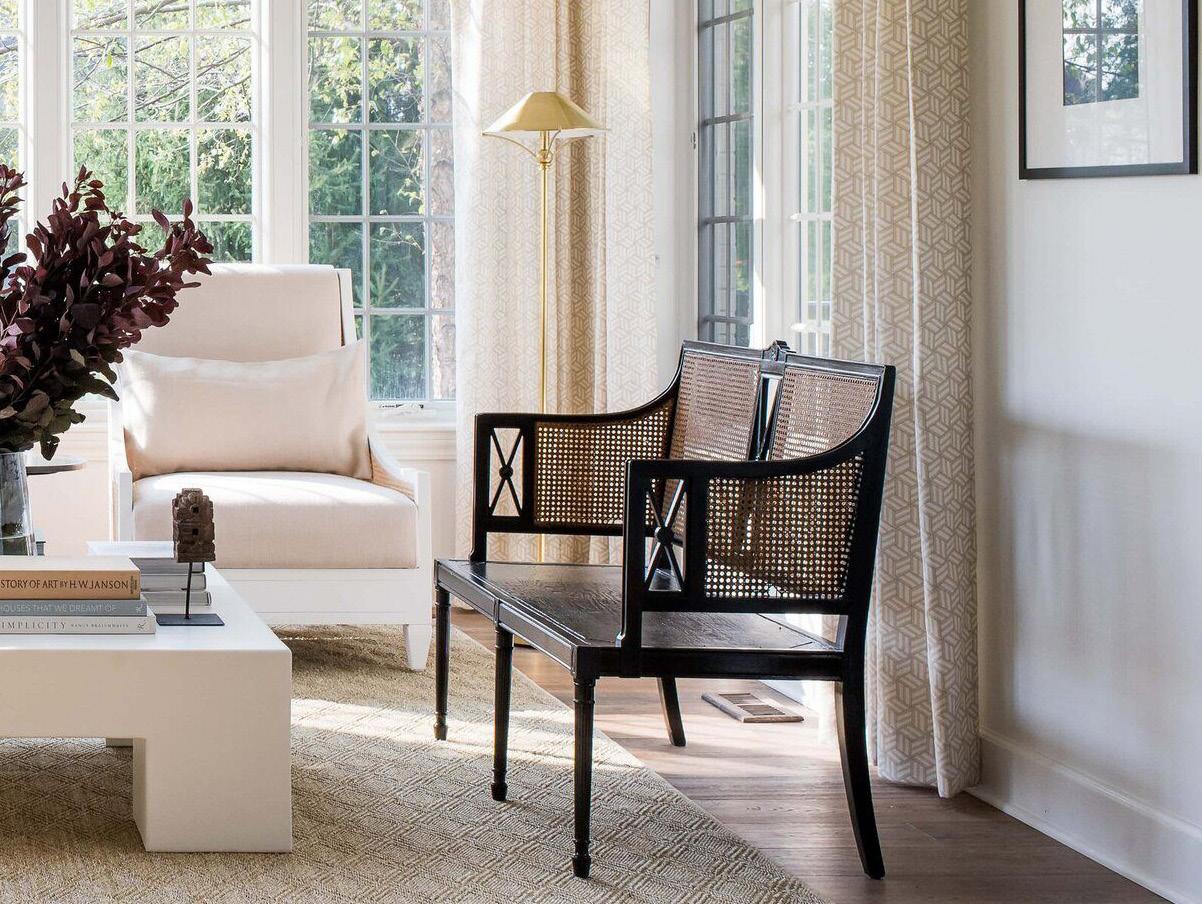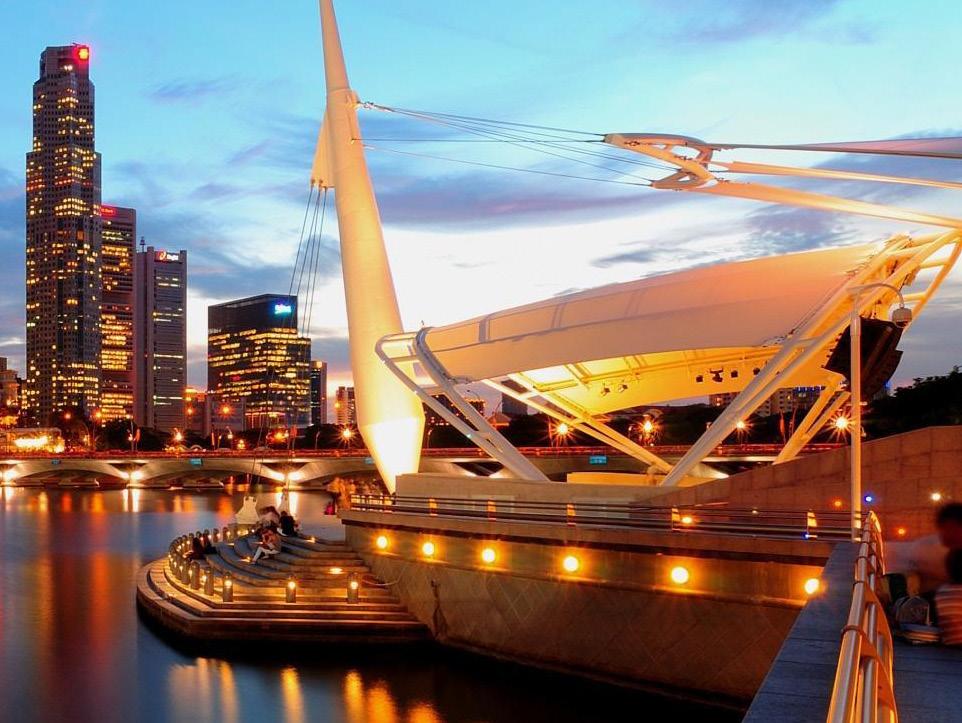
3 minute read
Alternative Citiy
Global Horizons
What is, truly, an alternative city? A place, a territory, a line on a map? Perhaps more than a physical space, it is a way of being — and belonging — in the world. A weave of shared intentions where the art of inhabiting becomes a collective gesture, and each street, each threshold, each bench beneath a tree gains meaning not from the blueprint that contains it, but from the soul that lives within it.
To explore an alternative city is to rethink the built environment as a living organism, where transformation stems not only from design, but from the deep connection between people and the spaces they inhabit. It is to recognize that every city begins in the body, in memory, and in the awareness of those who move through it.
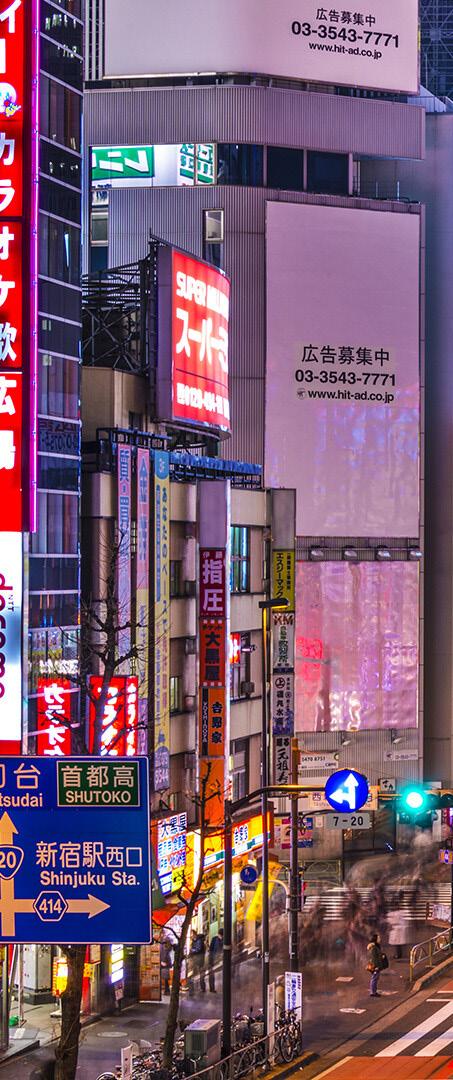
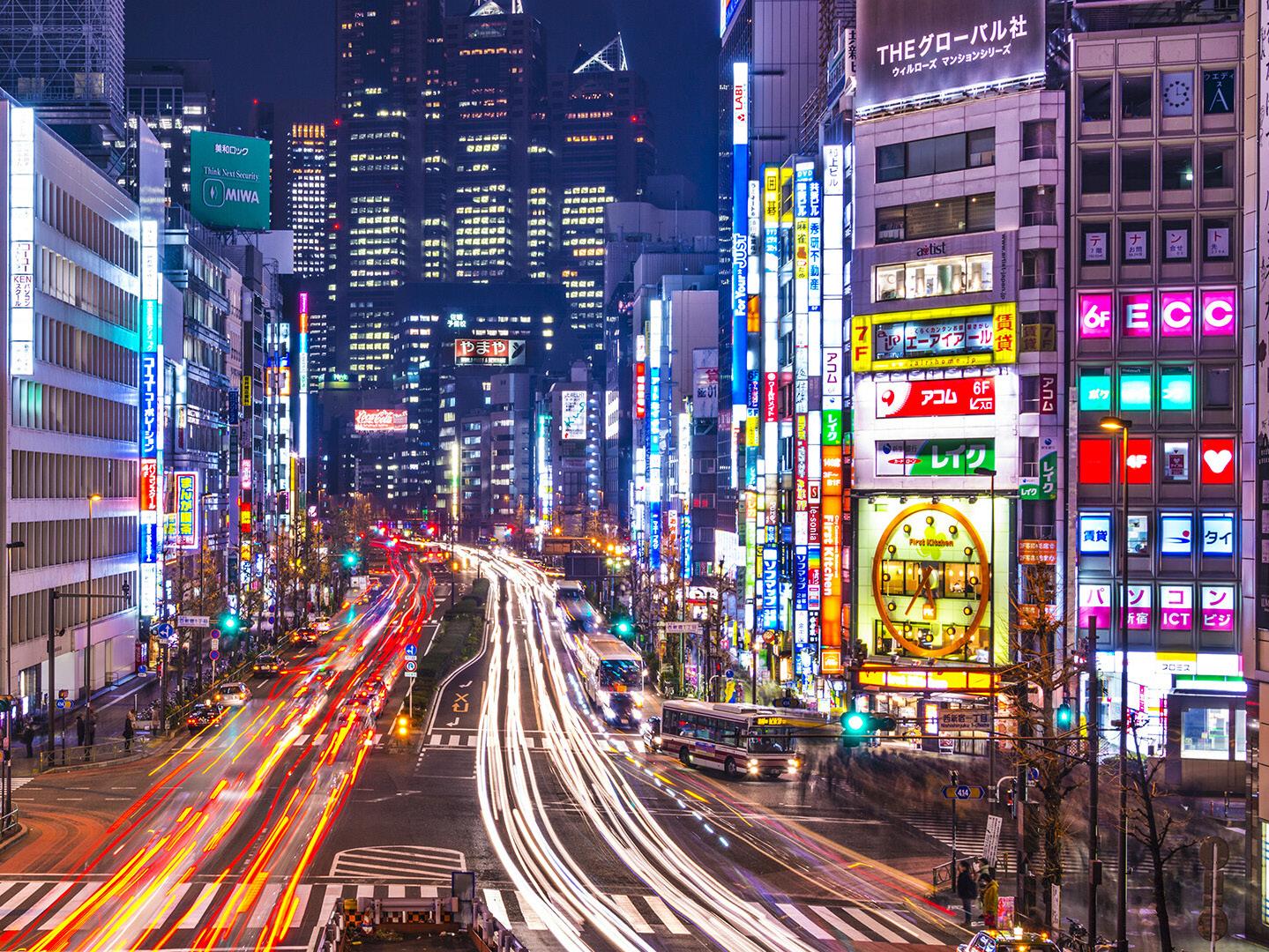
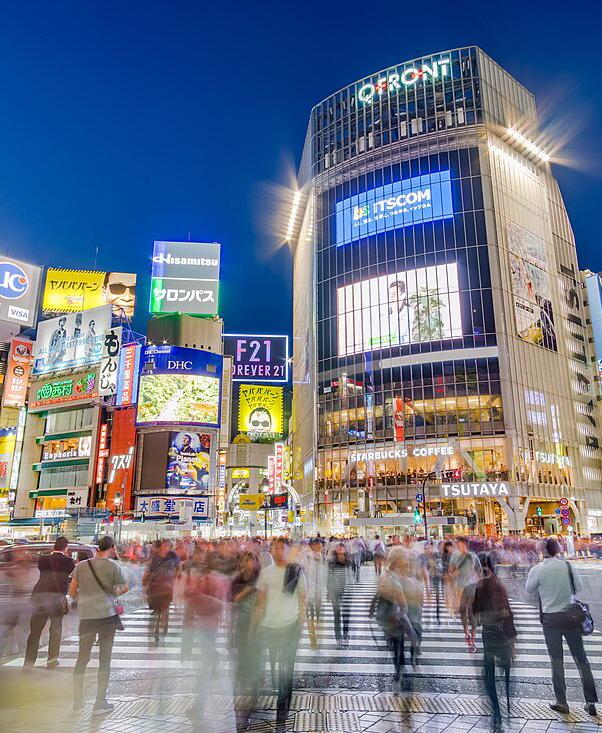
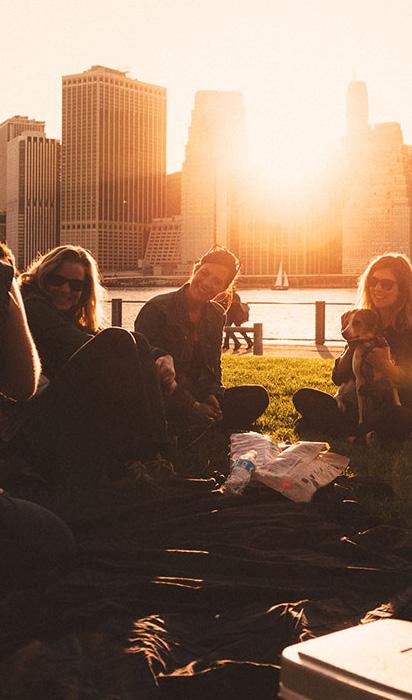
Redefining our relationship with this environment requires a new gaze: the eyes of those who design, but also of those who walk, dream, care for, and repair. Architects, urban planners, interior designers, engineers, yes… but also mothers, children, grandmothers, laborers, neighbors, students, and companies awakening to an ethics of care. Because caring for the planet can no longer be the exclusive task of environmentalists or biologists — it is up to all of us, in the intimate and everyday.
From this awareness, a city is born that does not divide, but weaves together. A city capable of integrating technological innovation, automation, and artificial intelligence without disconnecting from the vernacular, the ecological, and the ancestral. A city that values traditional building techniques, that speaks with the earth, with adobe, with palm, with the water that murmurs beneath the concrete. The goal is not to oppose modernity and tradition, but to harmonize them in a regenerative urban vision that embraces its responsibility to the present without abandoning the legacy of the past.
An alternative city emerges from the convergence of many wills: spatial professionals, active citizens, committed academia, and ethically minded companies. Among them, projects are woven that transform not only the visible, but also the invisible: the ways of inhabiting, coexisting, belonging. Because building the future with human consciousness is an act of the present, nourished by the lessons of what we once were.
The true alternative city is not a utopia. It is a tangible possibility, one that flourishes when spaces are designed with sensitivity, when decisions are made ethically, and when urban development becomes a dialogue with nature.
Within it lie the answers to the great challenges of our time: insecurity, pollution, deforestation, gentrification, traffic, and environmental apathy.
An alternative city learns from the past without remaining there, transforms the present without exhausting it, and projects the future with regenerative hands. And then, like planting a seed in fertile ground, the city ceases to be merely structure… and becomes life.

